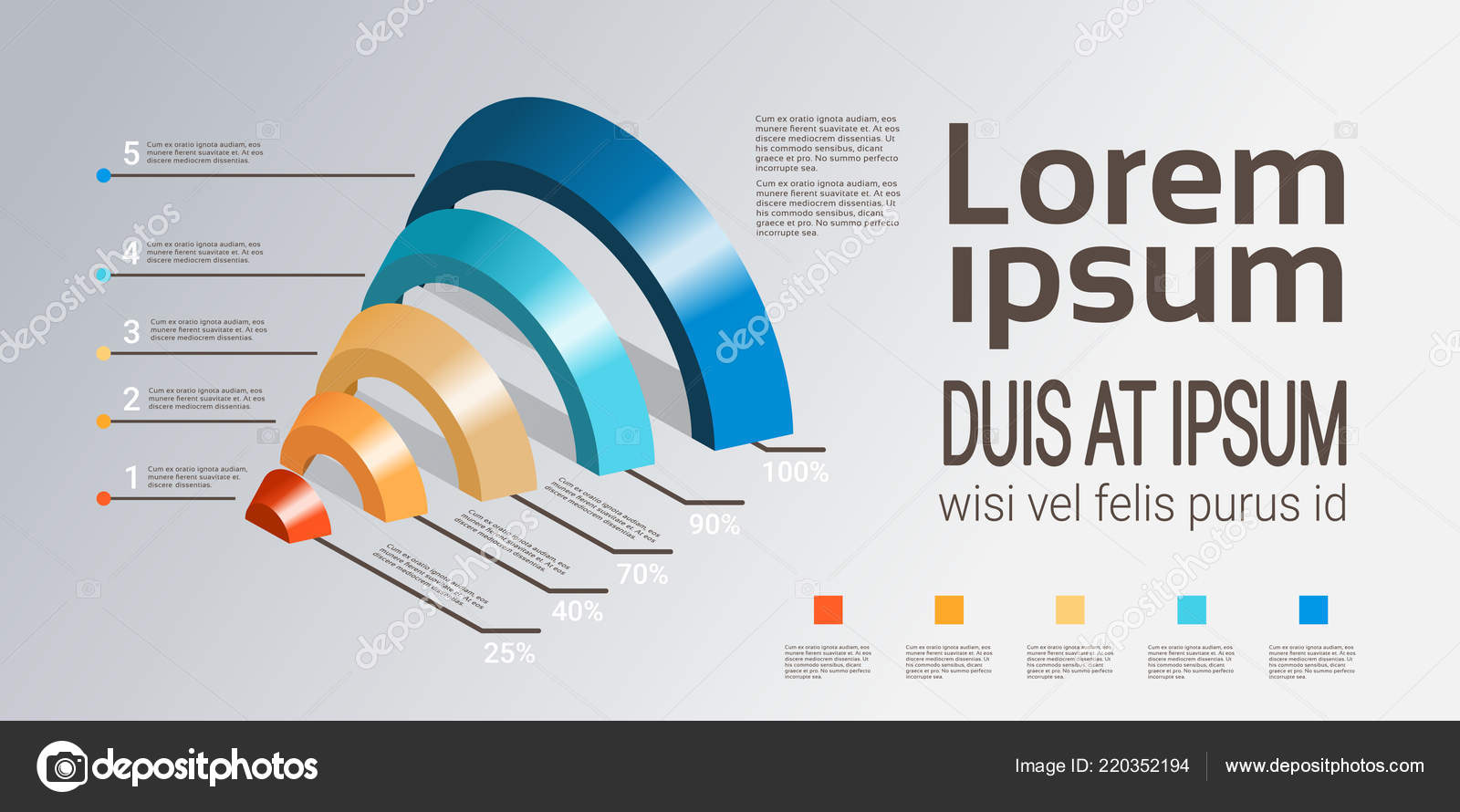The Development Of Site Design: From Past To Existing
The Development Of Site Design: From Past To Existing
Blog Article
Write-Up Created By-Lamb Vangsgaard
In the past, internet sites were simple and concentrated on information. Navigating was straight, and layout was for desktop computers. Currently, individual experience is key. Information overviews styles for easy navigating. Receptive formats suit various gadgets. Today, dark mode minimizes stress, and minimal food selections boost navigation. Interactive attributes engage customers, and bold visuals stand apart. AI integration enhances engagement. See how layout has evolved to boost your online journey.
Very Early Days of Web Design
In the very early days of website design, simplicity preponderated. Sites were basic, with limited colors, typefaces, and designs. The emphasis got on offering details instead of flashy visuals. Customers accessed the net through slow-moving dial-up links, so speed and functionality were essential.
Navigating food selections were straightforward, generally situated on top or side of the web page. Websites were made for home computer, as mobile surfing wasn't yet prevalent. visit their website was king, and designers focused on simple readability over complex style elements.
HTML was the key coding language used, and designers had to function within its constraints. Animations and interactive features were very little contrasted to today's requirements. Websites were static, with little vibrant material or tailored individual experiences.
Surge of User-Focused Layout
With the development of internet site design, a change towards user-focused design principles has actually ended up being progressively prominent. Today, developing sites that focus on individual experience is crucial for involving site visitors and achieving business objectives. User-focused style includes understanding the demands, preferences, and habits of your target audience to customize the web site's design, material, and includes accordingly.
Designers now conduct thorough study, such as user surveys and usability screening, to collect insights and responses straight from individuals. This data-driven technique helps in developing intuitive navigation, clear calls-to-action, and aesthetically enticing interfaces that resonate with site visitors. By putting the user at the facility of the layout procedure, internet sites can supply a much more individualized and satisfying experience.
Receptive design has actually likewise emerged as an essential facet of user-focused style, guaranteeing that websites are enhanced for various gadgets and screen dimensions. ada wcag enhances access and functionality, satisfying the varied ways customers engage with web sites today. Essentially, the rise of user-focused style indicates a shift towards developing electronic experiences that prioritize the needs and expectations of the end user.
Modern Trends in Website Design
Check out the most up to date patterns forming web design today. One noticeable fad is dark mode design, using a streamlined and modern-day look while reducing eye strain in low-light atmospheres. One more crucial pattern is minimalist navigating, simplifying menus and boosting user experience by concentrating on essential elements. Incorporating micro-interactions, such as computer animated buttons or scrolling results, can create a much more appealing and interactive internet site. Responsive style continues to be crucial, making certain smooth user experiences across various devices. Furthermore, using strong typography and asymmetrical layouts can add aesthetic passion and draw attention to particular material.
Integrating AI technology, like chatbots for customer support or tailored suggestions, improves customer interaction and streamlines processes. Accessibility has additionally end up being a substantial fad, with designers focusing on comprehensive layout techniques to satisfy diverse customer requirements. Embracing sustainability by enhancing website efficiency for speed and performance is one more arising pattern in web design. Teaming up with user feedback and data analytics to iterate and improve style continually is necessary for remaining pertinent in the ever-evolving digital landscape. By embracing these modern patterns, you can develop a visually enticing, easy to use site that reverberates with your audience.
Final thought
As you reflect on the development of web site layout from the very early days to now, you can see exactly how user-focused style has actually come to be the driving force behind modern-day fads.
Embrace the journey of adjustment and adaptation in website design, always maintaining the individual experience at the center.
Stay current with the current patterns and technologies, and never quit evolving your method to produce aesthetically sensational and easy to use sites.
Evolve, adapt, and develop - the future of web design is in your hands.
